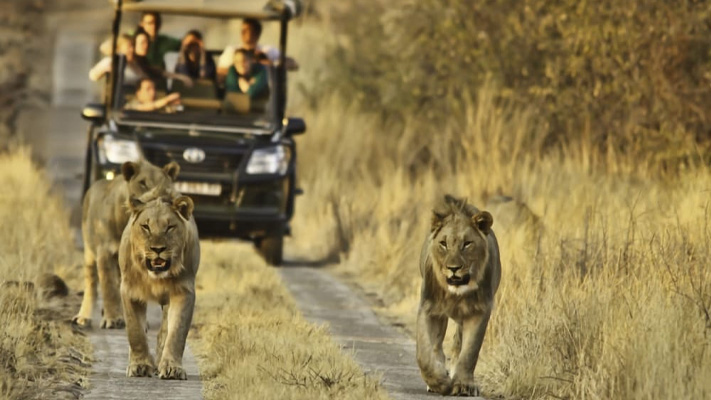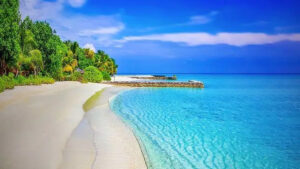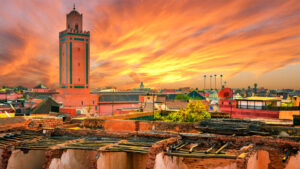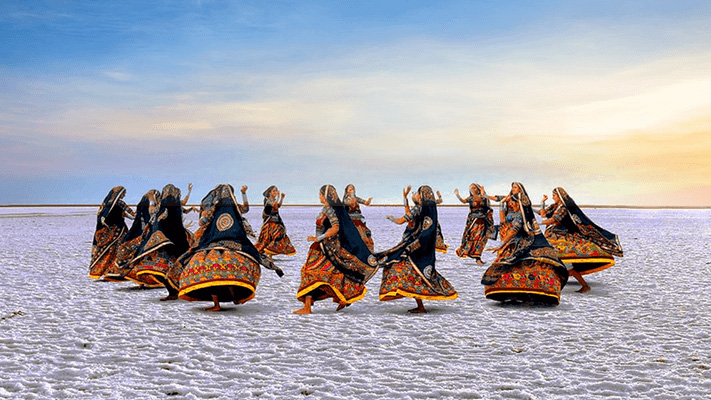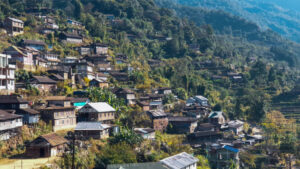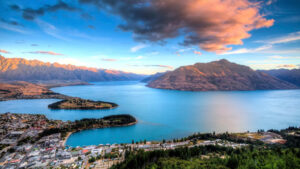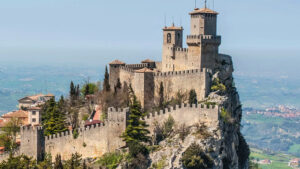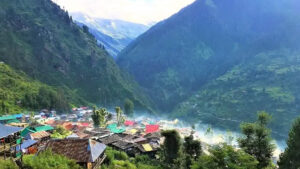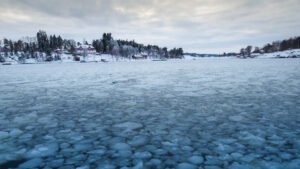KRUGER NATIONAL PARK, SOUTH AFRICA – THE ULTIMATE AFRICAN ADVENTURE

Kruger National Park is one of the largest game reserves in Africa, covering an area of about 19,485 square kilometers (7,523 square miles) in northeastern South Africa. It is located in the provinces of Limpopo and Mpumalanga and is bordered by Zimbabwe to the north and Mozambique to the east.

The park was established in 1926 to protect the wildlife of the region and is home to a wide variety of species, including the Big Five (lion, leopard, elephant, rhinoceros, and Cape buffalo), as well as many other mammals, reptiles, and birds. The park is also home to several archaeological sites and is an important cultural heritage site for the local communities.
Kruger National Park is a popular tourist destination and offers visitors a range of activities, including game drives, guided walks, and birdwatching. The park has several rest camps and lodges where visitors can stay, as well as picnic sites and other facilities.
In addition to its conservation efforts, the park is also involved in community development projects and is committed to sustainable tourism practices.
Important Things to Note
If you are planning to visit Kruger National Park, here are some important things to note:
- Entry requirements: You will need to pay an entrance fee to enter the park. You will also need a valid passport if you are an international visitor.
- Accommodation: There are several accommodation options available within the park, including rest camps, lodges, and camping sites. It is recommended to book your accommodation well in advance, especially during peak season.

- Game viewing: The best time to see wildlife is early in the morning or late in the afternoon. It is important to respect the animals and follow the park’s rules and guidelines for viewing wildlife.
- Safety: The park is home to dangerous animals such as lions and elephants, so it is important to be aware of the risks and follow safety guidelines. Visitors should also take precautions against malaria, which is prevalent in the area.
- Conservation: Kruger National Park is committed to conservation and sustainable tourism. Visitors should be mindful of their impact on the environment and follow the park’s rules for waste disposal and other conservation efforts.
- Cultural heritage: The park is also an important cultural heritage site for local communities. Visitors should be respectful of the cultural traditions and customs of the local people.
Things to Do
There are many things to do in Kruger National Park, here are some of the top activities:
- Game drives: Going on a game drive is the best way to see wildlife in Kruger National Park. Visitors can either self-drive or join a guided game drive with a ranger.
- Guided walks: Guided walks are a great way to experience the park’s wilderness up close and learn about the flora and fauna from an experienced guide.

- Bird watching: Kruger National Park is home to over 500 bird species, making it a paradise for birdwatchers.
- Photography: The park offers amazing opportunities for wildlife and landscape photography.
- Cultural tours: Visitors can learn about the local culture and history of the area by visiting the archaeological sites and interacting with local communities.
- Hiking trails: There are several hiking trails in the park, ranging from short walks to multi-day hikes.
- Night drives: Night drives offer a unique opportunity to see nocturnal animals such as leopards, hyenas, and owls.
- Golf: Visitors can also play golf at the Skukuza Golf Course, which is located in the park.
- Relaxation: Visitors can relax and enjoy the park’s natural beauty by visiting the park’s picnic sites, swimming pools, and rest camps.
It’s important to note that some of these activities may require advanced booking and additional fees.
Popular Tourist Attractions
Kruger National Park is home to many popular tourist attractions, here are some of them:
- The Big Five: The park is famous for its large populations of lions, leopards, elephants, rhinoceroses, and Cape buffaloes, collectively known as the Big Five.
- Blyde River Canyon: Located just outside of the park, Blyde River Canyon is one of the largest canyons in the world and offers stunning views of the surrounding landscape.

- Letaba Elephant Hall: This museum is dedicated to the study and conservation of elephants and features displays on elephant behavior, biology, and conservation efforts.
- Masorini Archaeological Site: This site is an important cultural heritage site and offers visitors the chance to learn about the history of the local people and the iron age civilization that once inhabited the area.
- Skukuza Indigenous Plant Nursery: The nursery offers visitors the chance to learn about the park’s diverse plant life and purchase indigenous plants to take home.
- Kruger Museum: Located in the town of Kruger, just outside of the park, the museum features displays on the history of the park and its role in wildlife conservation.
- Stevenson-Hamilton Memorial Library: This library is named after the first warden of the park, James Stevenson-Hamilton, and features a collection of books and materials on the history and ecology of the region.
- Pafuri: Located in the northern part of the park, Pafuri is known for its lush vegetation, birdlife, and the Luvuvhu River.

- Shangoni Cultural Village: This village is a living museum that showcases the traditional way of life of the local Shangaan people, including their music, dance, and crafts.
It’s important to note that some of these attractions may require additional fees or advanced booking.


